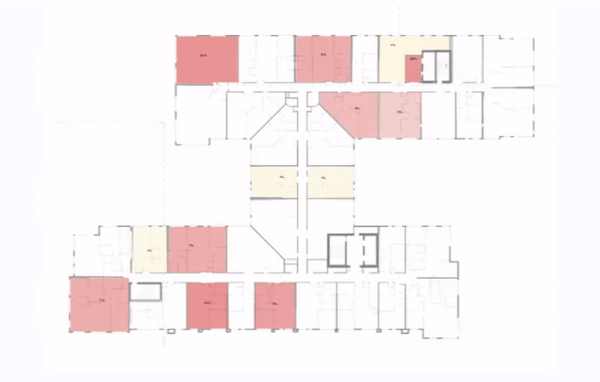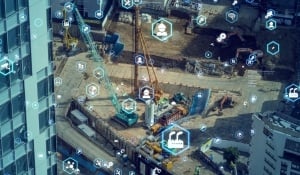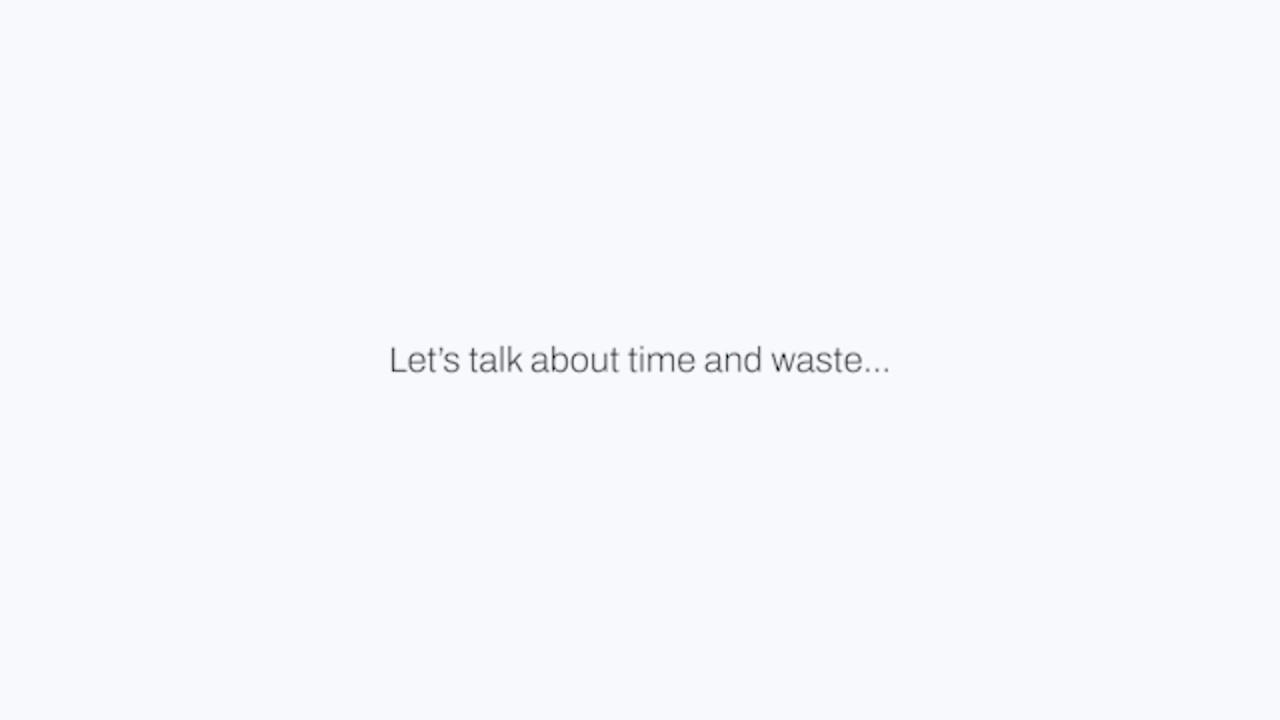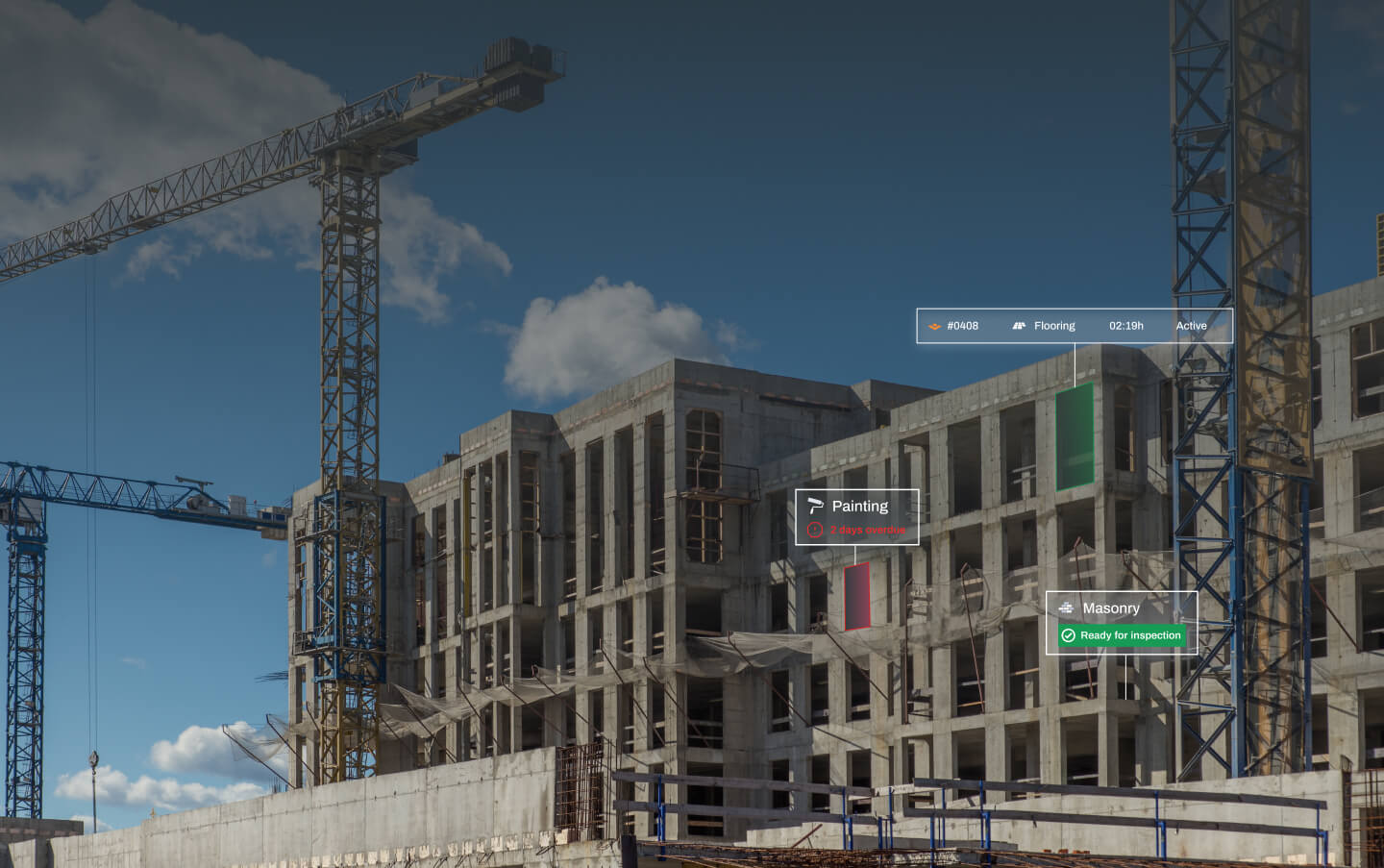Worker Tracking: Is the perception the reality?

There’s a standing misconception around tracking in our world, and in construction in particular. I think that the word tracking in general, not only in construction, is a scary term. People don't like being tracked.
In today’s digital world, we're being tracked everywhere. We're being tracked, every time we open a website. We're being tracked by our phones. Anytime we carry them we're being tracked, everywhere.
Most people don't like to admit that they're being tracked. And most would want to believe we aren’t being tracked. But in reality, we are.
Think about location permissions. For many, this is allowed on our phones and I believe it’s because we get something out of it. I get personalized recommendations based on what I like and where I am located like restaurants, stores, services.
Facebook tracking provides us with recommendations on items I might want to purchase and introduce me to new brands I would not have heard of.
For example, after the last conference I attended, I wanted a pair of lightweight, travel, ready, sneakers like Allbirds. And on Facebook, my feed is full of ads from brands I did not know, with options for comparable shoes.
I had choices I would not have had otherwise. That for me, was an excellent example of how tracking can be beneficial.
But I know the dangers of it as well. When it is used in a negative way, when there is a punitive result, it is abused. That should not be the intent.
It should be a win-win.
That’s how I look at it in regards to Genda.
Genda provides real time location data of workers using disposable bluetooth beacons that are installed on a job site (installed in concrete so they aren’t visible to the project) and a smart phone app that workers install on their phones.
From the beginning we decided to take the worker’s side as a mission, and therefor provide value to the workers and keep their privacy as key product values. We do that by maintain worker anonymity by not asking for worker’s names or emails, instead only using phone numbers as identification. And while we may be locating them on site, the data is used in various ways, like ensuring more accurate time sheets (which in many cases has proven to help support worker claims of inaccurate hour reporting to make sure they’re getting paid correctly) and safety.
When it’s done right, how we aim to make sure it is, the solution benefits both the worker and the field managers of the GC.
Workers get location hazard notifications, weather and safety notifications based on location, and more accurate reporting of their time spent working on site. Not to mention, when the GC is able to gain insights into the data, together in collaboration with the trades, they can identify issues or conflicts that might be inhibiting performance. Things like waiting too long on calling the lift/hoist, or supplies being loaded onto the wrong area and creating time and scheduling issues from having to travel to reload supplies.
Micro efficiencies based on real time location data, when used properly, are the best ways to reduce waste, understand actual schedule, and whether or not you're in jeopardy of defaults.
What I’ve found, both personally as a field manager and as we built Genda, is that most workers are doing the right things. Most are spending late nights or weekends trying to make up time and stay on schedule.
And all workers want to get home safely and in a timely manner to eat dinner with their family or attend their kids’ events. Getting safety notifications, helping them save time by reducing wait times or long walks to get supplies to do their jobs, these things benefit the workers.
That’s our goal.


